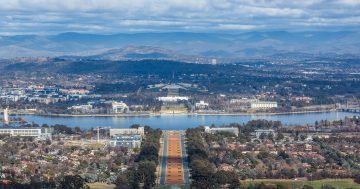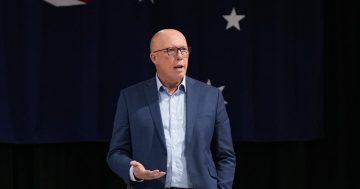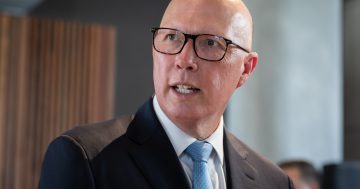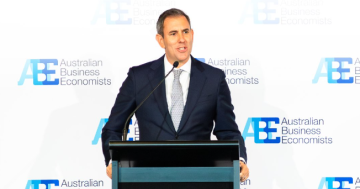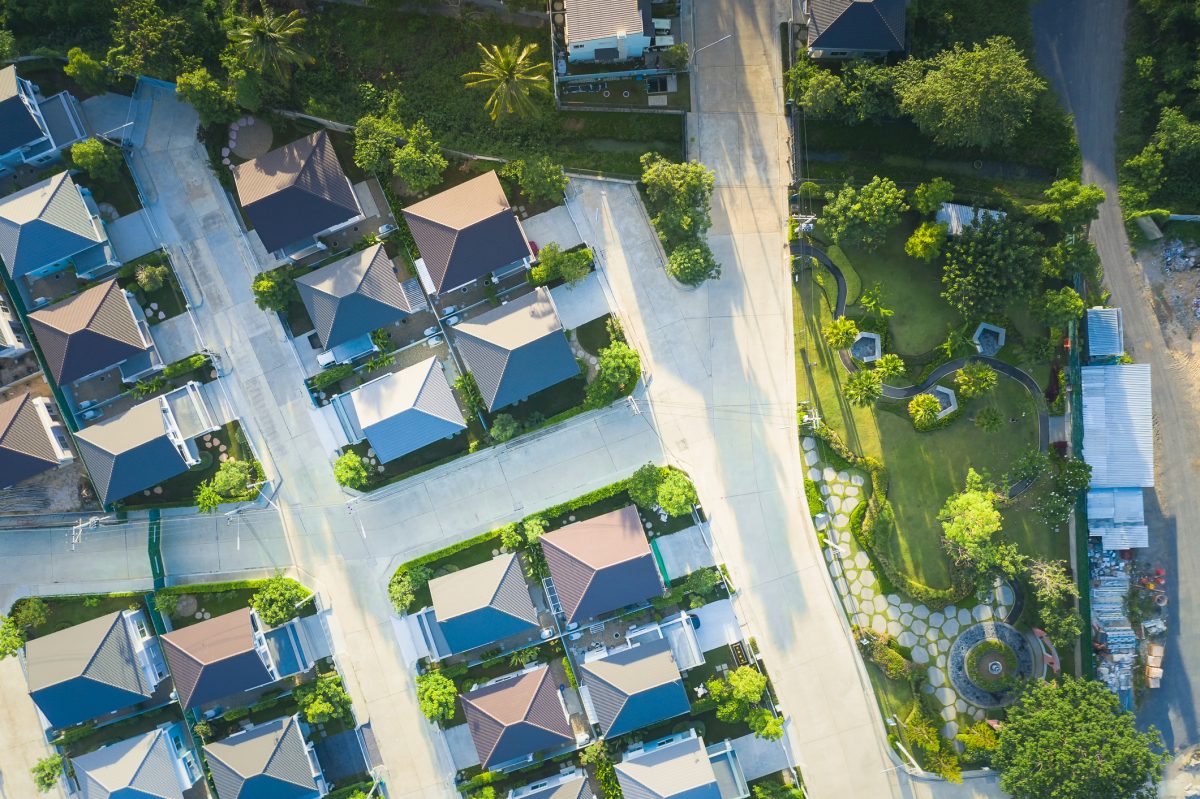
The migration intake is being blamed for Australia’s worsening housing shortage. Photo: File.
Latest figures revealing a net annual migrant intake of more than half a million people have refuelled fierce debate about whether Australia needs so many new arrivals when it is in the depths of a housing crisis.
Australian Bureau of Statistics data released last week shows Australia had record net overseas migration of 548,800 people in 2022-23.
That equates to almost 1500 a day and shows that the country’s population had climbed to 26.8 million by September last year at a rate of 2.5 per cent.
Of the total annual population increase of 659,800 people, new migrant arrivals contributed to 83 per cent.
The housing crisis facing the nation is turning more political every day, with the Federal Government now being accused of allowing migration to boost the economy at the expense of Australians needing homes.
The Opposition is using Federal Parliament to blast the government for its priorities, saying Labor’s focus is wrong.
Shadow Treasurer Angus Taylor grilled Treasurer Jim Chalmers in a Question Time bout that went to Labor’s plans for solving the housing crisis.
He accused the Treasurer of relying on migration to lift the economy while at the same time turning a blind eye to the fact the housing crisis is getting worse.
“We are in a GDP per capita or family recession and the only thing left driving the economy is migration,” Mr Taylor said.
“At a time when Labor’s housing crisis is worsening, why is this government taking our economy in the wrong direction?”
Claiming that the nation’s adult population had grown by more than a million people since Labor won office in May 2022, Mr Taylor said the rate of houses being built was only a quarter of that.
But the Treasurer said the government was confident of its economic direction.
He said job numbers were good, the unemployment rate was falling, real wages were growing, and inflation was moderating.
Pointing to the newly released net migration figures, the Treasurer conceded they were relatively high but put that down largely to international students flooding back to Australia post-COVID.
“What today’s data doesn’t take into account is the quite substantial action that the ministers and the government have taken when it comes to putting downward pressure on this net overseas migration,” Dr Chalmers said.
Some economists are, however, suggesting the migration rate is contributing to Australia’s housing crisis.
It is estimated that 885,000 new migrants will have arrived in Australia in the past two years, coinciding with Labor’s time in office.
This while housing supply continues to plummet and rental prices skyrocket.
In an opinion column for the Australian Financial Review, high-profile independent economist Chris Richardson suggested migration policy might need a rethink.
Even though high immigration numbers were a temporary spike, he said, there remained a failure of housing supply to meet demand.
“Two wrongs don’t make a right,” he said.
“But housing affordability is the worst it’s ever been, and I’m starting to think we may need to do dumb things on migration policy simply to ease the impact of the even dumber things we’ve done in housing.”
A growing number of media commentators are also blaming the government’s approach to immigration on the worsening housing issue.
Welfare and housing groups, however, have for the past months been expressing concerns that migrants are being “scapegoated” over the housing crisis.
More than 40 groups have called on both major parties to show leadership on the issue.
The groups insist the problem has been created by poor policy decisions on housing by successive governments over decades.
They insist the migration intake is by no means the major cause of the problem.
Those organisations include National Shelter, the Australian Council of Social Service, and the Federation of Ethnic Communities’ Councils of Australia.













